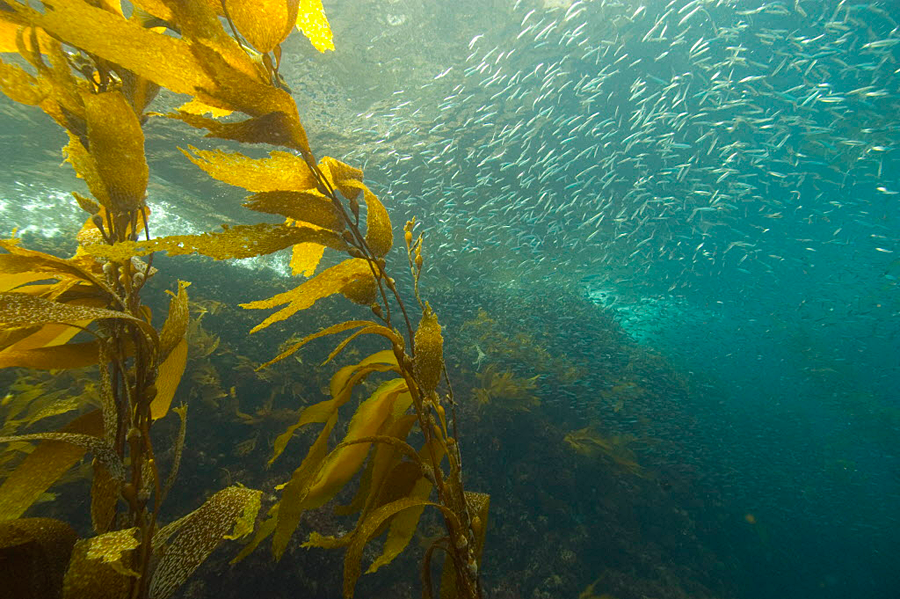How Australian family farm partnered with Aboriginals to harvest salt from sacred land
Loading...
In Western Victoria, Australia, local family-run farm Mount Zero Olive Grove and the Barengi Gadjin Land Council, representing local traditional landowners in this region, have collaborated to hand harvest a small amount of salt from Pink Lake each year. Pink Lake, a salt lake the size of a large football field, is fed by natural salt aquifers. Each summer, the lake dries up to reveal a vast bed of pink salt, a complex and flavorful natural resource that is packed full of minerals not usually found in table salt.
Australian Aboriginals are the traditional landowners of this area, and their mythology and relationship with the land have existed for more than 50,000 years. “Pink Lake is important to traditional landowners, the Wotjobaluk Peoples, due to its connection to the Tchingal story. Tchingal was a giant emu that traveled across much of the Mallee, Wimmera, and Grampians landscapes, and his actions created many iconic features,” said Michael Stewart, Executive Officer at Barengi Gadjin Land Council Aboriginal Corporation.
The Seymor family who owns Mount Zero Olive Grove were moved to seek a partnership with the indigenous custodians in the area, a relationship driven by their respect of the land and its traditional owners. “Our collaboration with the Traditional Landowners of the region, the Barengi Gadjin Land Council, is one of our proudest associations. This partnership allows Mount Zero Olive Grove to learn from and to show respect for and to acknowledge Australia’s Traditional Owners.” Neil Seymor, Owner of Mount Zero Olive Grove.
This partnership sees Barengi Gadjin Land Council providing access to the lake for harvesting and consulting Mount Zero Olive Grove on ways they can minimize their impact on the land. In return, members of the Barenji Gadjin are employed and paid for their work harvesting salt. This partnership has developed into a small commercial operation that is beneficial for the traditional owners, business, and the land.
“Mount Zero are committed to supporting Barengi Gadjin Land Council in our aspirations in the native food industry and have facilitated some fantastic connections for us with chefs and foodies,” Stewart says.
The pink hue of the water at Pink Lake is due to the presence of algae that, along with the solid salt bed of the lake, creates the unusual color. As the water dries out over summer, the algae die in the sunlight and due to lack of water. A white salt crust forms on the lake. Analysis of the salt harvested at Mount Zero has shown it is rich in calcium, magnesium, phosphorus, sulfur, iron, manganese, zinc, copper, and beta-carotene. These minerals provide a complex, well-rounded flavor, but most commercial table salts have these naturally occurring minerals removed so that only sodium chloride is left.
Mount Zero Olive Grove has maintained a strong commitment to sustainable farming. The Farm is Demeter certified Biodynamic, showing that environmentally friendly, ecologically safe, biological methods have been used to activate and nurture the life of the soil, plants, and animals, without the use of artificial or synthetic chemicals, fertilizers, or genetically modified organisms. Also, many of their products are certified organic. “At Mount Zero Olives, we are interested in supplying high-quality food direct into the marketplace—retail, food manufacturers of high-quality food and restaurants. This required a sustained supply of the best quality material” said Seymor.
Seymor identifies that “previous operators of salt harvesting at the Pink Lake were greedy and harvested huge quantities of salt, well beyond the sustainable capacity of the lake. We did not want to harvest on this basis. Following the advice of the Barengi Gadjin we collectively hand harvest the lake for just two weeks of the year to maintain this beautiful natural resource and the unique surrounds.”
This collaboration highlights how businesses can successfully maintain respectful and sustainable links to the land and its traditional owners. “We believe that it is highly important for leaders in any industry or community to show respect for the management of land by traditional owners, and to assist them where possible in redeveloping their skills in this area” states Seymor.
This story originally appeared on Food Tank.





